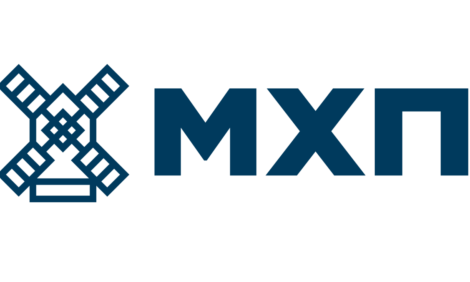



USMEF Hosts European Union's PRT Team
US - The US Meat Export Federation (USMEF) is hosting key officials from the European Union’s meat industry this week for a four-day tour focused on pathogen reduction technologies (PRTs).For many years, the US meat industry has embraced advances in PRTs to enhance the safety of its products and address many food safety concerns, but a lack of global understanding of certain technologies has created trade barriers in some markets, including the EU.
“Our primary objective is to provide these industry leaders with a firsthand look at how these advancements in PRTs really provide a significant benefit to our consumers, and can do the same for their consumers,” said Paul Clayton, USMEF senior vice president of export services. “Certainly we want to put these trade barriers behind us, but it’s also important to improve our trading partners’ understanding of how these technologies work and why they are so effective in reducing pathogens.”
On Monday, the EU team made its first stop at Colorado State University in Fort Collins, where leading meat industry researchers discussed the application of PRTs and hide-on cleaning on the safety of beef and pork products. The group then traveled to Birko Corporation in Henderson, Colorado, for a presentation on the composition and manufacturing of PRT compounds.
“Our area of expertise is really the protein industry. We service nearly every sector of the protein industry, specializing in beef, pork and poultry,” said Mark Swanson, Birko Corporation’s chief executive officer. “We appreciate the opportunity to share with this group how the US meat industry really functions from a chemical utilization standpoint. Birko produces very high-quality products, and the proper use of these chemicals as antimicrobials or as cleaning and sanitation products really helps the US industry create the best meat products in the world.”
Swanson added that one of the reasons behind Birko Corporation’s success in serving the meat industry is the training and customer service it provides for use of its products.
“I like to say it’s second to none,” Swanson explained. “We offer the ability to train and educate our customers’ employees, so that our customers understand the best and proper utilization of these chemicals, and do not run into any problems or safety issues.”
Dr. Elis Owens, a chemist/microbiologist at Birko Corporation, made an extensive presentation to the group regarding the proper and most effective use of PRT compounds.
“I’m presenting what we call Birko’s multiple-hurdle approach to pathogen reduction and food safety,” Dr. Owens said, “which is a combination of effective cleaning and sanitation of the food processing environment, implementing steps to stop contamination from entering that environment, and using specific interventions that can be safely applied to the meat itself.”
One of the EU officials attending the presentation and plant tour was Erik Bisgaard Madsen, DVM, Ph.D., who serves as deputy CEO of the Danish Meat Industry. Dr. Madsen found the visits to Colorado State University and Birko Corporation to be very productive, and looks forward to the remainder of the tour.
“It’s important that we exchange views on food safety and on how each of our countries can improve our food safety standards,” he said. “The dialogue between the United States and the EU on decontamination will certainly benefit from the scientific discussions we have had today.”
On Tuesday the team traveled to the US headquarters of JBS in Greeley, Colorado, for a tour of the company’s beef processing plant and lab facility. Here the EU officials examined the actual application of PRTs and hide-on cleaning systems.
The team will continue its look at JBS facilities on Wednesday, traveling to Marshalltown, Iowa, for a tour of a JBS pork processing plant and lab facility. The tour of the Marshalltown lab will provide the group with an up-close view of the PRT verification process.
The final segment of the tour is on Thursday at Iowa State University in Ames, where the focus will be on advances in meat irradiation. Leading researchers at the university will address common misconceptions about irradiation, as well as the promise the technology holds for improving food safety.
John Brook, USMEF regional director for Europe and the Middle East, said the group’s findings during its tour could help the United States in gaining EU acceptance of PRT use, and expanding the global understanding of the benefits provided by these technologies.
“If the request to use these technologies is coming solely from the United States, it’s not going to go anywhere,” Brook said. “There must be active interest on the part of the EU if we are going to be successful in that effort.”








